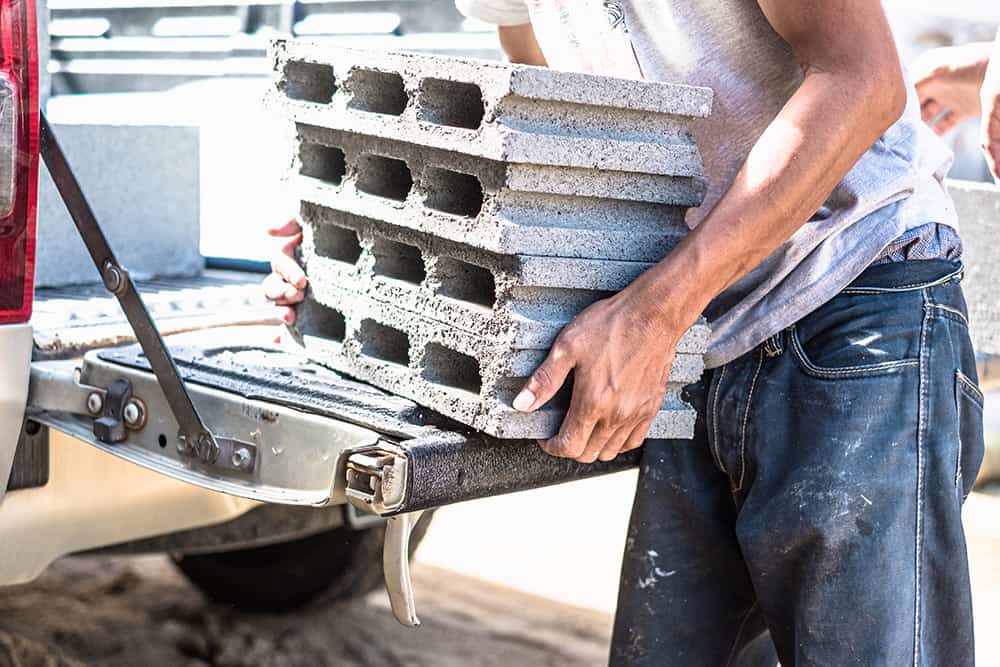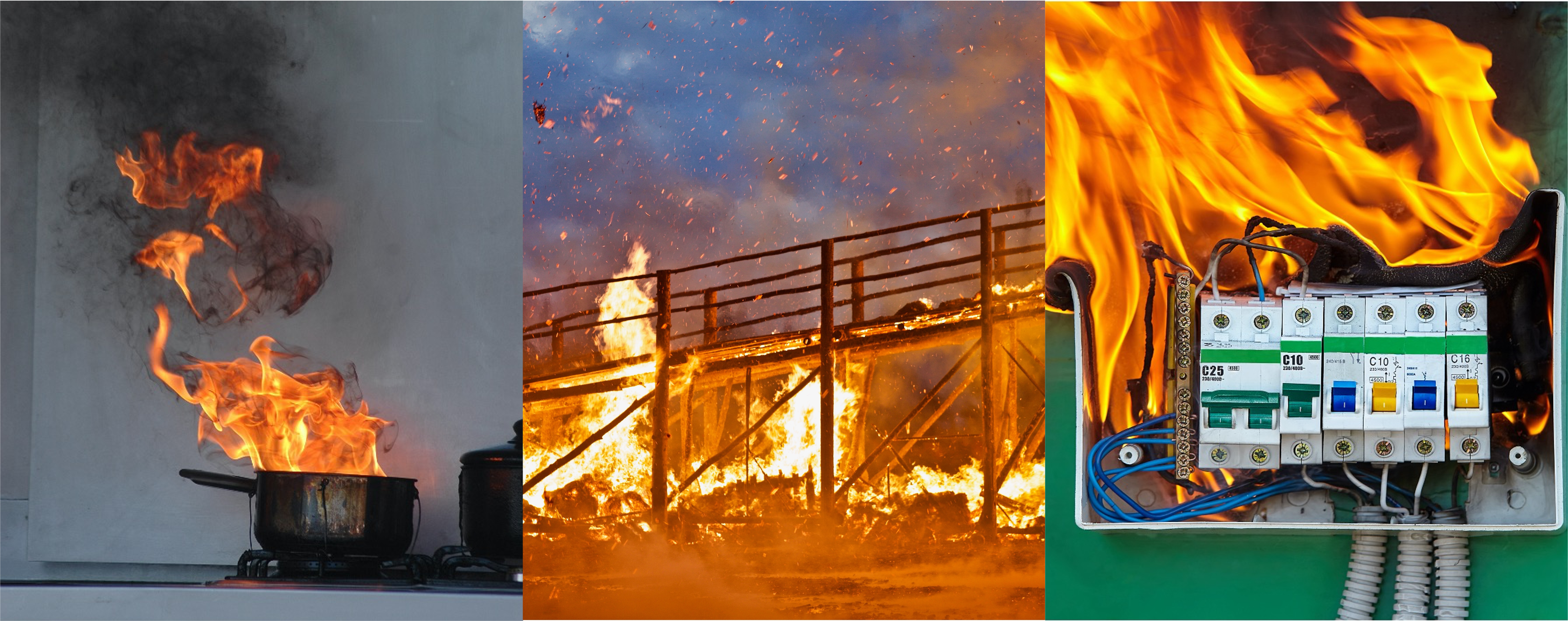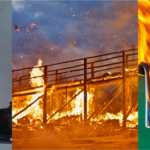
While asbestos and its associated health risks are fairly well known, most of us are a lot less aware of the silica dust health hazards. Yet, silica containing materials are extremely common, particularly in the construction industry.
Moreover, silica dust is generated by the type of work that millions of workers regularly do, such as drilling, cutting, sanding, and polishing. And it doesn’t take much exposure to harm you.
The truth is that many across the UK are regularly being exposed to hazardous levels of this dust every day, yet they might not realise it for many years. Similar to asbestos, the diseases caused by silica dust exposure can take decades to reveal themselves.
A thirty-year-old working with silica-containing materials today may not feel the symptoms until he reaches his 60s. But once those symptoms start, it is likely the sign of debilitating, irreversible, and possibly fatal disease.
Why Employers Must Take Action
Due to the risk involved, employers have clear duties to reduce the risks of silica dust exposure. They have a moral responsibility to protect anyone that may have their health impacted by this hazard, as a result of their operations.
It is also a legal requirement in the UK to reduce the risk of hazardous dusts such as those generated by silica to employees or anyone affected. Employers must have systems in place so that work on silica containing materials can be conducted safely.
Providing an adequate level of training is essential. Frontline workers must be made aware of the risks they face during work, including silica dust. And they must understand what has been done to protect them from this risk.
Not only must this training being adequately provided, it must be recorded. Employees may develop silica related diseases later in life. If it cannot be proven that suitable training was provided, employers may face a multitude of costs including, fines, claims, and increased insurance premiums.
Understanding Silica Dust
Silica is a natural component. It is found in rock and present in products we use in construction and across other industries.
Places you will find silica dust include:
- Sandstone
- Brick
- Granite
- Tile
- Concrete
- Marble
- Limestone
The amount of silica in a product can vary wildly. Silica may make up only 2% of marble or limestone, but as much as 90% of sandstone. While the higher the content, the higher the risk, very low amounts of silica are still hazardous.
Silica dust occurs when these silica-containing materials are processed. This creates a very fine dust as Respirable Crystalline Silica (RCS).
Understanding the Health Risks
There are several factors that make RCS particularly insidious. These include:
Size – One particle of this dust is many times smaller than the width of a human hair. This means it is small enough to be invisible to the naked eye. At the same time, so light that it can remain in the air for up to 12 hours.
Structure – Silica is a crystal – meaning it is made up of jagged edges. This unique size and structure enables RCS to easily be inhaled. Once inside, they are able to embed themselves deep within your lungs.

Latency – A final problem is that it can take years to first see the symptoms of diseases caused by silica dust. Working on or near silica, you won’t realise you are developing a health problem until it is too late.
When the health issues develop they are irreversible and often devastating. The illness you may experience from silica dust exposure include:
Silicosis – Silicosis involves the scarring of your lung tissue by the silica particles that you inhale. It can cause permanent disability and early death. Silicosis is usually caused by continued exposure to RCS over 10 to 20 years. But it also has been known to develop suddenly due to a high-level of exposure.
Chronic Obstructive Pulmonary Disease (COPD) – If you have COPD, you have significant trouble breathing. COPD refers to a group of lung diseases that cause severe breathlessness, prolonged coughing, and chronic disability. COPD includes emphysema, bronchitis, and non-reversible asthma.
Kidney Disease – Workers who have been exposed to RCS have a greater chance of developing kidney disease.
Lung Cancer – Since silicosis causes significant scarring of lung tissue, even low levels of RCS exposure can increase your chances of developing lung cancer.
It does not take much exposure to silica dust to harm you. The amount of this dust that is safe to breathe in in one day is pictured next to this penny.

What The Law Says
There are clear regulations outlining duties to protect from exposure to silica dust in the workplace.
The Health & Safety at Work etc. Act 1974 places legal duties in respect to hazards such as RCS on both employers and employees.
The Management of Health & Safety at Work 1999 requires employers to assess the risks of RCS and put in place measures to control its risk to a reasonable level.
RCS is a hazardous substance and falls under the Control of Substances Hazardous to Health Regulations (COSHH). COSHH requires employers to take steps to control hazardous substances, including defining a set limit of allowable exposure to RCS. This is referred to as the Workplace Exposure Limit or WEL.
The Construction Design & Management (CDM) Regulations require hazards to be managed at the design stage of a construction project.
Under this legislation, employers must:
- Ensure the health and safety of employees and anyone impacted by their operations as far as reasonably practicable
- Conduct risk assessments to identify, assess, and manage the risks of RCS in the workplace
- Recording these risk assessments, if they have five or more employees
- Put in place the necessary controls to eliminate or reduce exposure to RCS
- Ensure employees are not exposed above the Workplace Exposure Limit, as defined under COSHH
- Share the results of risk assessments with everyone affected
- Provide health surveillance where necessary
- Ensure employees have been given adequate information, instruction, and training to understand the hazard of RCS
Managing the Risks of Silica Dust
Everyone involved on a worksite has legal duties to control hazards, such as RCS. This includes employers and employees. In construction, it includes principle designers, principal contractors, designers, and contractors.
In order to control the risk of silica dust, risk assessments must be conducted.
Risk assessment is a careful examination of anything in the workplace that might cause injury or harm. The process helps to determine if there is a significant risk and what safeguards are required.
The steps of risk assessing RCS are to:
Identify the Hazard
Tasks that cause the hazard must be identified. RCS can be produced by tasks such as cutting and grinding silica containing materials. It can also be produced during manufacturing processes.
Other less obvious hazards include vehicles churning up dust and residual dust that may have collected on clothes or equipment.
Evaluate the Hazard
What level of risk is posed by the hazard. This can be evaluated by examining factors that increase the risk. This includes:
- Task – What materials and equipment are used? Certain materials have higher silica levels. How much energy is involved in the task? The more energy expended, the higher the risk.
- Work Area – Enclosed, poorly ventilated workspaces will accumulate RCS in the air more quickly. Working outdoors will not eliminate risk.
- Length of the Work – The longer the task takes, the more likely you will be exposed to high levels of dust.
- Frequency – The more often you do the task, the more RCS you will be exposed to.
- Workplace Exposure Limit (WEL) – The WEL for RCS is 0.1 mg per cubic metre of respirable dust, averaged over an eight-hour period.
Decide Risk Controls
The next step of the risk assessment process is to apply the hierarchy of risk controls to the hazard. Working from the most preferable option to the least preferable, the steps of the hierarchy are to:
- Eliminate the Hazard – Controlling RCS can be done by eliminating the need to apply energy processes to silica containing materials.
- Reduce the Hazard – Finding ways to reduce the hazard can be done during the design phase of a project. Using fewer materials reduces the need for cutting and limits the exposure to RCS. Water can be applied to dampen dust clouds.
- Safe Systems of Work – Creating safe systems of work involves providing training on the hazards of silica and implementing risk controls and safe work practices. Workers should always follow the correct processes and use appropriate equipment.
Ongoing health surveillance can be used to collect data to detect hazards, protect employee health, and evaluate control measures.
- Personal Protective Equipment (PPE) – You will require a variety of different PPE based on your work task. These should always be applied as specified.
*PPE also includes Respiratory Protective Equipment (RPE)
Record & Review
In organisations with five employees or more risk assessments must be recorded. However, it is recommended that they are recorded regardless.
Once recorded, findings must be implemented. Risk assessments must be constantly reviewed and updated.
A risk assessment should be reviewed after any significant change in the activity or workplace to which it relates. There should also be a regular formal review process.
Human Focus’ Silica Dust Awareness online training programme provides a thorough understanding of silica dust. It explains what this hazard is, why we need to be aware of it, and what can be done to protect ourselves from it. The course is for frontline workers or anyone involved in work where exposure may occur.


















































































































































































































































































































































































































































































